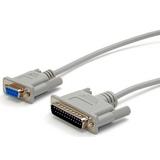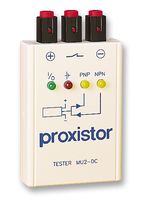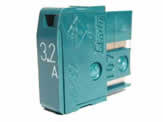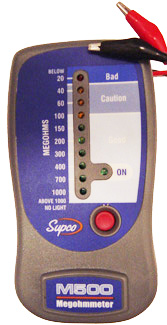Horizontal CNC machine Leveling Procedure
1. Calibrate and check the precision level for accuracy before leveling the machine.
Place the level on a somewhat known level surface maybe on another machine. After placing the level and letting the level sit for 5 minutes to get to room and pallet temperature. Then note the position of the bubble, and then rotate the level 180 degrees and make sure the level repeats. If it does not calibrate the level.
General leveling notes- the CNC machine does not have to be perfectly level for accuracy. It does however need to be level to allow the coolant to flow properly through drainage areas and troughs. As long as the twist is out of the casting and the axes the machine will hold tight tolerances and cut with high accuracy.
Rough machine leveling
2. Next check that the machine is at a height where the coolant pans and conveyors fit under the machine. When leveling a machine lower is always better for a couple reasons. When the machines are sitting on leveling screws the higher up the less stable. Also keeping the machine tool lower prevents excessive splashing of coolant on to the floor through areas between coolant tanks and conveyors.
3. Next move the machine so that all axes are at the center of there stroke. This will balance the weight among all the jack screws for better feel and even weight distribution when leveling.
4. Place two levels if possible on the machine. One parallel with the ways or with the linear guides and one perpendicular with the ways.
5. Adjust the jack bolts on the machine so that it is level using 3 screws on each side of the machine. Every machine has its tricks to use certain screws to make things easier so this is a general rule of thumb certain screws may bring in the levels much quicker.
Precision machine tool leveling
6. While monitoring the levels move the axis to the end of its positive stroke and then move jack bolts to make the same as the levels were in the center of the axis.
7. Then move the axis to the minus end stroke and make adjustments to bring the levels back to the start point (level).
8. Next level the other axes common to the head and take twist out. Move all the axes to the center of their stroke again. Checking the column for twist can be done in several ways. Either with a square mounted on the table or by placing a level on a relatively flat surface on the column and moving the column axes like in the procedure above. If there is no master or flat leveling surface shim the level or take some clay or playdoe and put it under the level and push down to get the bubble in the middle. Then you can move the axis back and forth to check for twist. Make any adjustments as necessary trying to stay away from adjusting the screws near the table that were adjusted for the table axis area.
9. After completing the above, recheck levels on the table to be sure they have not changed. Then check that all screws have at least some weight on them and are touching. You should pay attention to the amount of force it takes to turn the screws. For making equal adjustments and a lot less force consider using a longer pipe on the end and watch how much it moves on the end of it. For a more delicate feel on how much weight is on each axis use two or three fingers on the wrench or pipe as kind of a torque wrench effect.
10. Place a square on the table and check accuracy and make any adjustments.
11. After leveling touch down all supports under the electrical cabinets, pallet changer and magazine. DO NOT CRANK them down only add a little tension. You can easily throw out the level.





